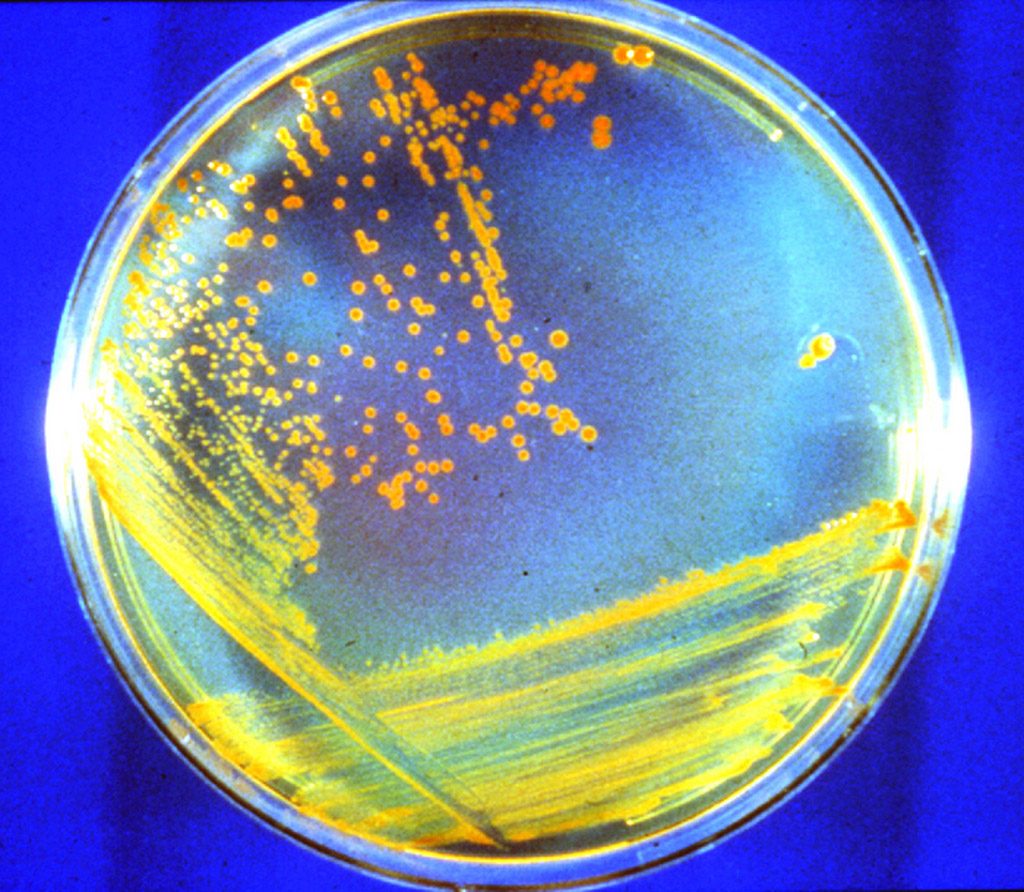
Under the surface of Mars there could still be bacteria like Deinococcus radiodurans. Because "Conan the bacterium" could survive even on the hostile planet.
Scientists led by William Horne from the Uniformed Services University of the Health Sciences (USUHS) in Maryland have discovered that bacteria could survive longer under the conditions on Mars than previously thought. In an experiment, they simulated the harsh conditions on the red planet: cosmic rays, high-energy particles from the solar wind, freezing cold, drought. They found that these conditions would kill even the extremophile bacterium Deinococcus radiodurans after just a few hours on the surface. Buried just ten centimeters below the surface of Mars, the lifespan of the microorganism affectionately dubbed “Conan the bacterium” increases to 1.5 million years, and at a depth of ten meters even to 280 million years.
That wouldn't be enough to survive the estimated 2 to 2.5 billion years since the disappearance of flowing water on Mars, says Horne's colleague Michael Daly. Nevertheless, “Such Martian environments are regularly altered and melted by meteorite impacts. We suspect that periodic melting may allow for temporary recolonization and dispersal.” So if a Conan-like microorganism evolved at a time when Mars last had water, its living remains may still lie dormant deep underground — and to be found by future Mars missions.
Nevertheless, such missions also harbor a risk. Because flights to Mars can not only contaminate the planet with terrestrial bacteria and thus make the search for extraterrestrial life more difficult. The process would also be two-way: Samples from Mars could bring extraterrestrial bacteria with them and contaminate our own planet. "Our model organisms are representative of the forward contamination of Mars and the backward contamination of Earth, both of which should be avoided," explains Daly.